The Milan Men’s Fashion Week has long been a crucible of sartorial innovation, where designers push the boundaries of fabric technology and textile artistry. This season, the runway was not just a display of cutting-edge silhouettes but also a testament to the radical evolution of materials. From bio-engineered textiles to hyper-functional hybrids, the fabric innovations unveiled in Milan are set to redefine menswear in ways that blur the lines between fashion, science, and sustainability.
One of the most striking trends this season was the emergence of lab-grown leather alternatives. Designers showcased jackets, trousers, and even accessories crafted from microbial cellulose and mycelium-based materials. These fabrics not only mimic the tactile richness of traditional leather but also offer a guilt-free luxury, free from animal-derived components. The textures ranged from buttery soft finishes to deliberately rugged, untreated surfaces, proving that sustainability no longer requires aesthetic compromise. A standout moment came when a renowned Italian house presented a bomber jacket with a wrinkled, vintage patina—entirely grown in a lab, challenging perceptions of what "natural" aging looks like.
Equally revolutionary were the climate-responsive textiles dominating outerwear collections. Coats embedded with temperature-regulating polymers shifted opacity in response to ambient heat, while hydrophobic yarns repelled rain without chemical coatings. One avant-garde designer debuted a trench coat that transitioned from matte to semi-gloss as humidity levels rose, its surface patterned with conductive threads that could theoretically interface with wearable tech. This wasn’t just clothing; it was a dialogue between the body and environment, rendered in warp and weft.
The resurgence of artisanal techniques fused with high-tech processes created another layer of intrigue. Silks hand-loomed with recycled fishing nets carried an iridescent sheen, while 3D-knitted wool incorporated aerogel particles for weightless insulation. Perhaps most mesmerizing were the "living dyes"—pigments derived from color-changing bacteria that deepened in saturation over time, ensuring each garment developed a unique wear pattern. Several designers collaborated with Alpine textile mills to revive forgotten midcentury jacquard weaves, now reinforced with carbon fiber for structural rigidity in blazers and overcoats.
Transparency took on literal and metaphorical dimensions this season. Sheer overlays and mesh constructions reached new heights of sophistication, with some fabrics achieving near-invisibility through monofilament engineering. Yet beyond visual permeability, brands emphasized supply-chain transparency by embedding QR codes directly into selvedges, allowing wearers to trace a garment’s journey from raw material to runway. This dual approach—physical and ethical clarity—resonated powerfully in an industry under scrutiny for its environmental impact.
Even traditional suiting fabrics underwent alchemical transformations. Flannel was reinvented with crushed volcanic stone particles for natural wrinkle resistance, while worsted wool incorporated graphene strands to enhance breathability. The most unexpected twist came in the form of "memory tweed"—a shape-shifting fabric that retained heat-molded pleats or creases until manually reset, offering wearers customizable drape. Such innovations suggest a future where menswear becomes less about static form and more about adaptable function.
As the curtains closed on Milan, it became clear that fabric development is no longer a behind-the-scenes process but a central protagonist in fashion’s narrative. These material breakthroughs—whether ecological, technological, or cultural in origin—aren’t merely changing how clothes look and feel. They’re reimagining why we wear them at all, transforming garments into interactive interfaces between identity, environment, and innovation. The loom, it seems, has become as potent a tool as the sketchbook in shaping tomorrow’s wardrobe.
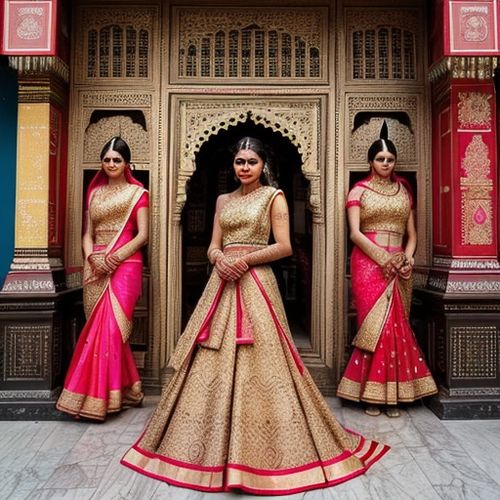
By Michael Brown/Apr 27, 2025

By Sophia Lewis/Apr 27, 2025

By Noah Bell/Apr 27, 2025
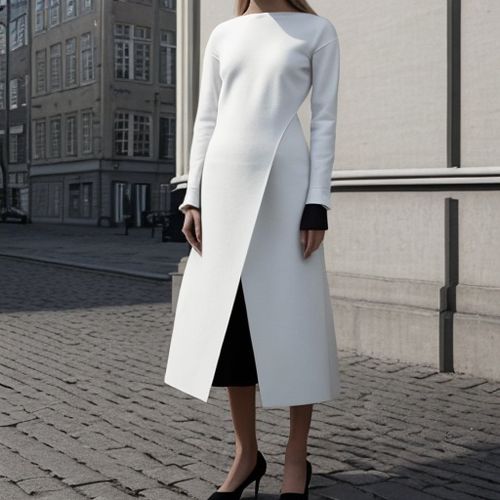
By Daniel Scott/Apr 27, 2025
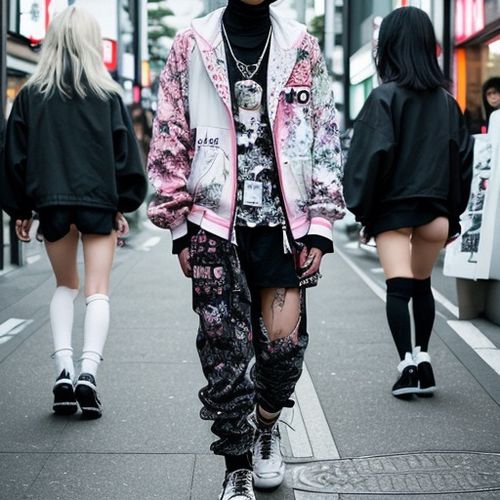
By James Moore/Apr 27, 2025
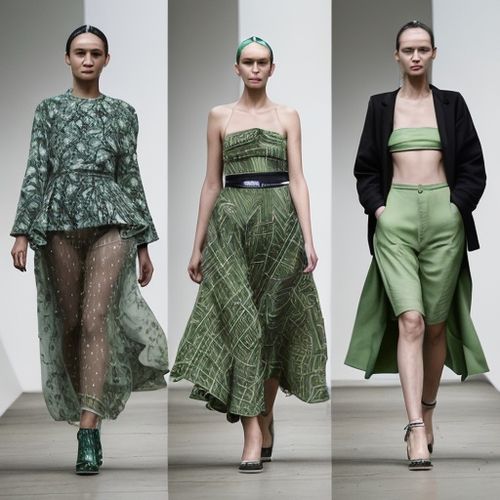
By Megan Clark/Apr 27, 2025

By Samuel Cooper/Apr 27, 2025
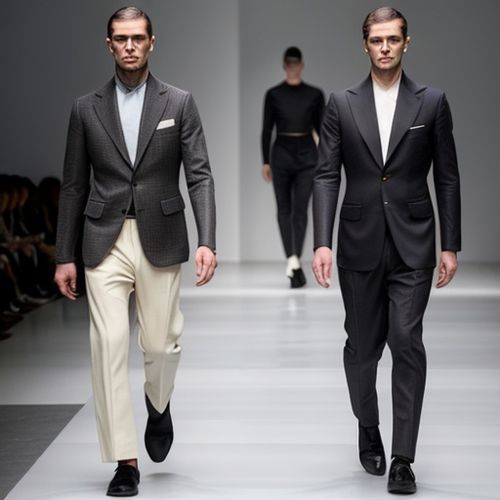
By Emily Johnson/Apr 27, 2025
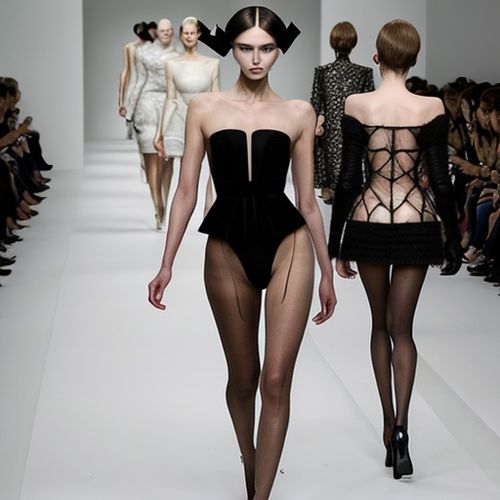
By Lily Simpson/Apr 27, 2025

By Emily Johnson/Dec 22, 2024

By Christopher Harris/Dec 22, 2024
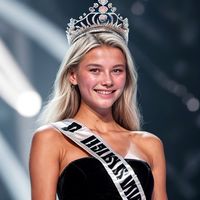
By Joshua Howard/Dec 22, 2024

By Victoria Gonzalez/Dec 22, 2024

By Thomas Roberts/Dec 22, 2024

By Benjamin Evans/Dec 22, 2024